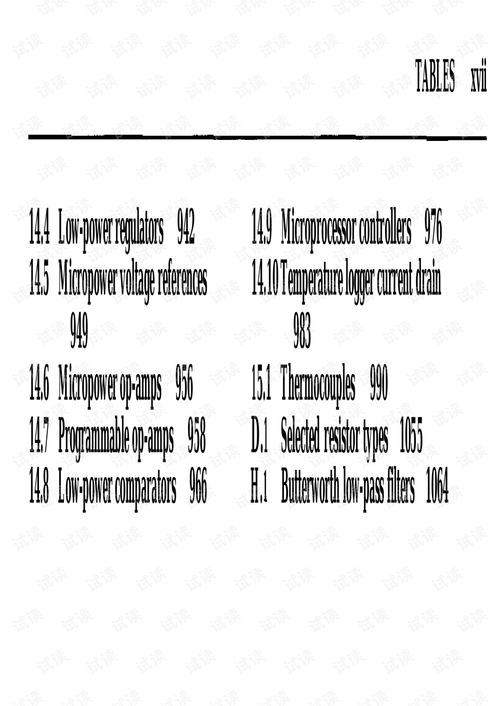Content:
Fishing in rivers and reservoirs can be an exhilarating experience, offering anglers a chance to cast their lines into the flowing waters or the serene stillness of a large body of water. Whether you're a seasoned angler or a beginner looking to expand your fishing horizons, mastering the techniques for river and reservoir fishing is key to a successful day out. Here are some essential tips and tricks to help you become a proficient angler in these dynamic environments.
Understanding the Water Flow
The first step in river and reservoir fishing is to understand the water flow. Rivers are constantly moving, and the current can significantly impact where fish are likely to be found. Here's how to navigate the flow:
Study the Current: Look for areas where the current is slower, such as behind rocks, around bends, or near the edges of the riverbank. These spots are often prime locations for fish to rest and feed.
Observe the Bottom: The type of bottom can influence fish behavior. Sand and gravel bottoms are good for bottom-dwelling species like catfish, while rocky bottoms may attract species like bass and trout.
Use the Right Gear: For rivers, a medium-heavy to heavy-duty rod and reel are ideal to handle the strength of the current. For reservoirs, a lighter rod can be more effective, as the water tends to be more still.
Choosing the Right Lures and Baits
The choice of lures and baits is crucial in river and reservoir fishing. Here are some tips to help you select the right equipment:
Match the Habitat: Use lures and baits that mimic the natural food sources in the river or reservoir. For example, if there are a lot of insects, a lure that resembles an insect can be effective.
Consider the Season: Fish behavior changes with the seasons. In spring, use bait that mimics emerging insects or small fish. In summer, look for bait that mimics fish actively feeding in warmer waters.
Experiment with Colors: Bright colors can attract fish in murky waters, while natural colors might be more effective in clear waters.
Timing Your Fishing
Timing can make a significant difference in river and reservoir fishing:
Early Morning and Evening: Fish are often most active during these times, as they feed more during low-light conditions.
Weather Changes: Fish can be more active before and after a weather change, such as a storm or a sudden drop in temperature.
Seasonal Patterns: Understand the seasonal patterns of the fish you're targeting. For example, bass tend to move to deeper water in the summer, while they may be found in shallower, warmer areas in the winter.
Techniques for River Fishing
When fishing in a river, here are some specific techniques to consider:
Cast and Retrieve: Cast your line into the current and let it drift with the water. Retrieve your lure at a pace that mimics the natural movement of the water.
Drift Baits: Use drift baits that can float with the current and allow you to cover more water.
nymphing: For rivers with a strong current, nymphing can be effective. This involves casting a weighted fly or lure below the surface and letting it drift naturally.
Techniques for Reservoir Fishing

Reservoir fishing requires a different approach due to the stillness of the water:
Stationary Baits: Use stationary baits like jigs or soft plastics that can be worked slowly and methodically.
Vertical Jigging: Drop your lure to the desired depth and move it up and down in a jerking motion to mimic a struggling fish.
Bottom Bouncing: Work your bait along the bottom by bouncing it off the substrate, which can attract fish that are feeding on the bottom.
Safety and Etiquette
Always prioritize safety and etiquette when fishing in rivers and reservoirs:
Check the Weather: Before heading out, check the weather forecast and be prepared for changing conditions.
Respect the Environment: Keep the area clean and avoid disturbing wildlife.
Be Considerate of Other Anglers: Keep noise levels down and avoid casting into areas where other anglers are fishing.
By incorporating these tips and techniques into your fishing strategy, you'll be well on your way to becoming a skilled angler in both rivers and reservoirs. Remember, patience and practice are key to mastering the art of fishing in these dynamic environments. Happy fishing!












